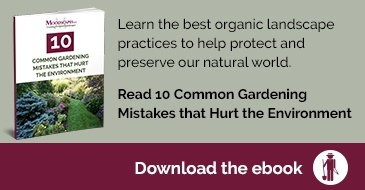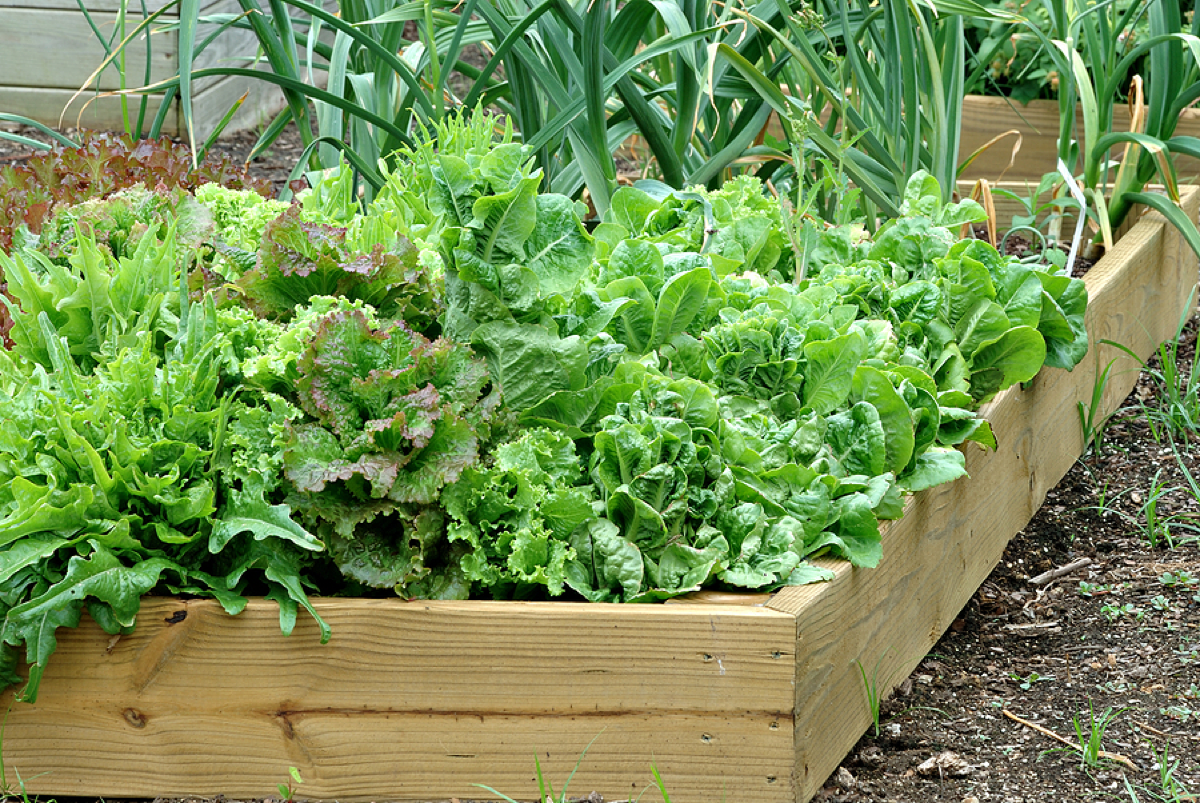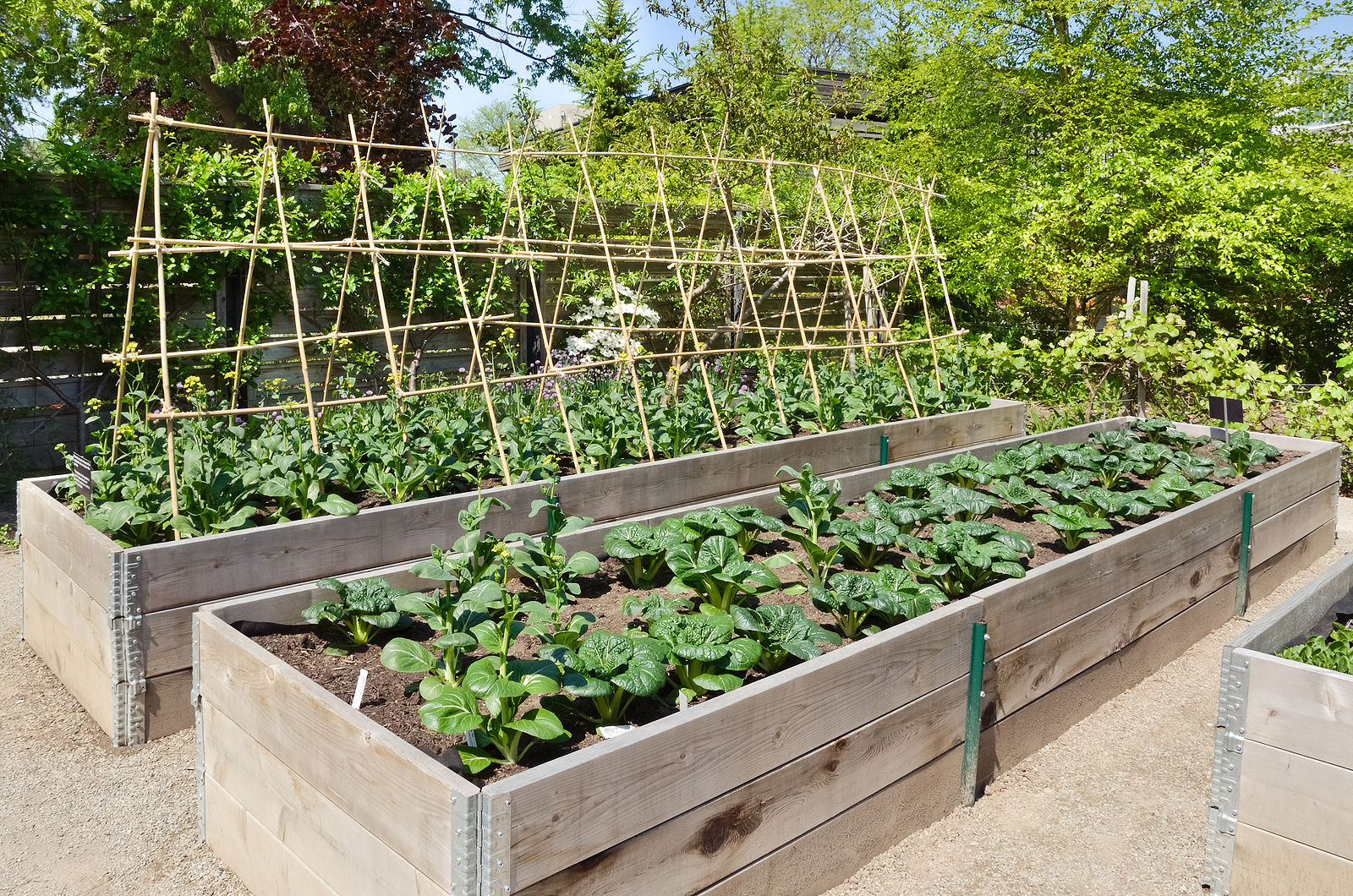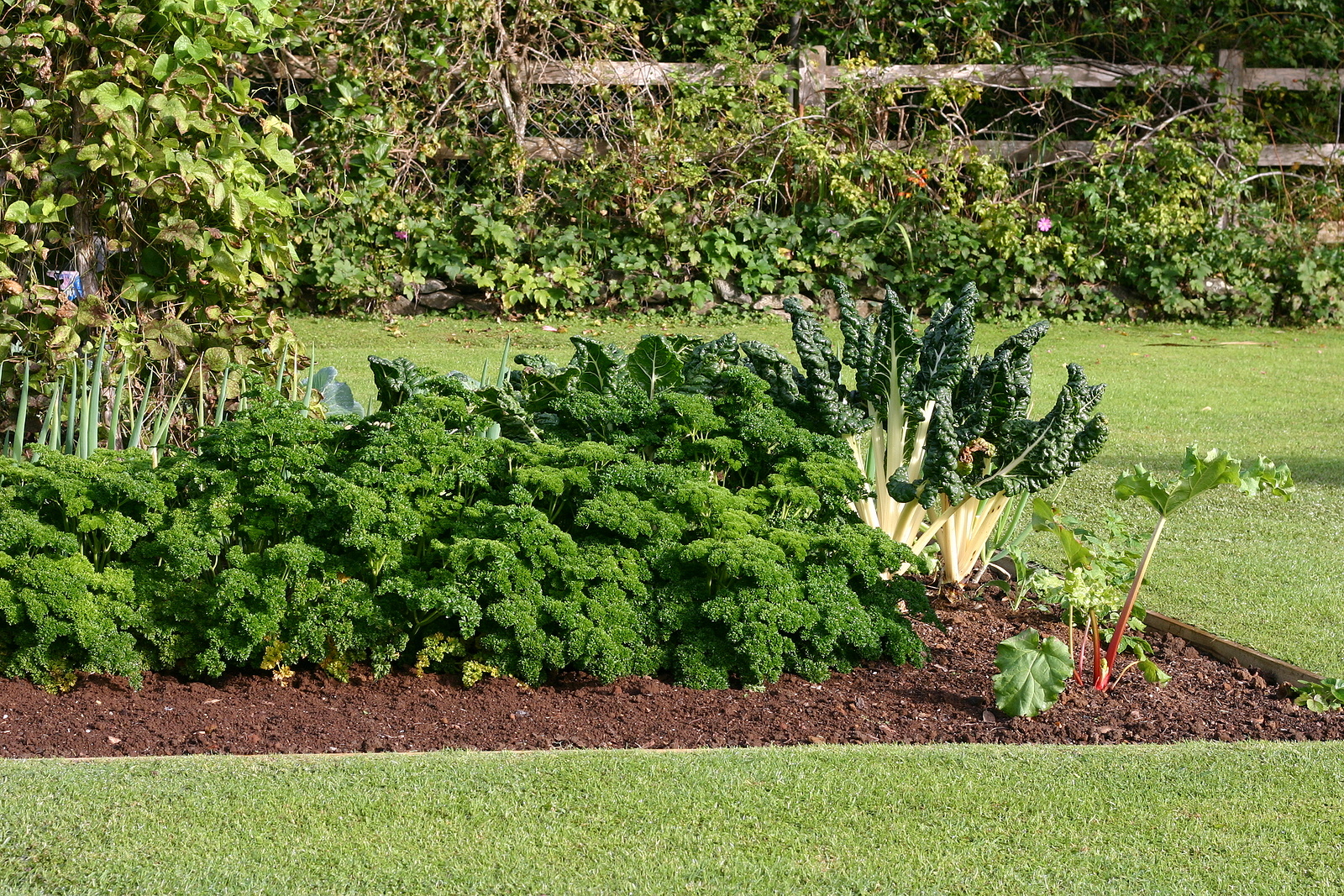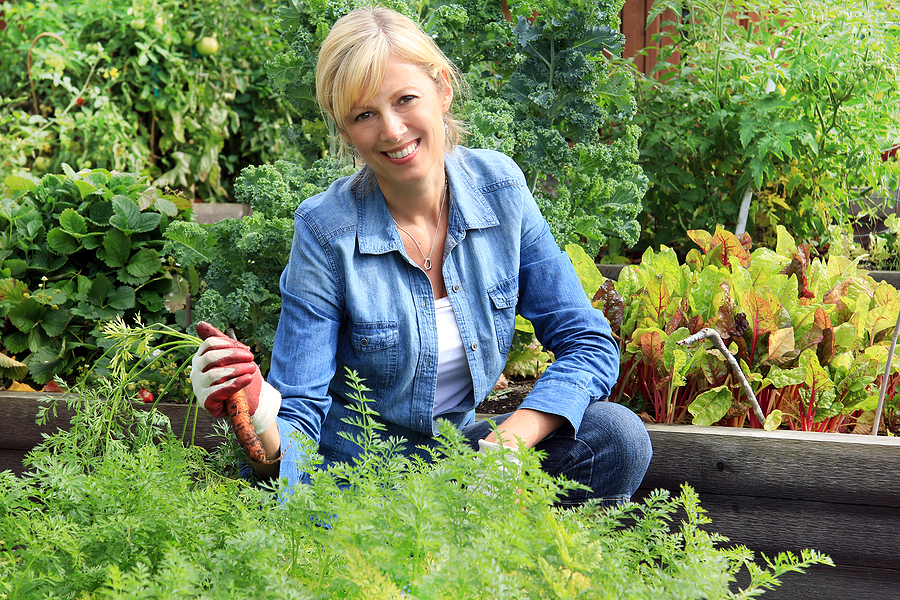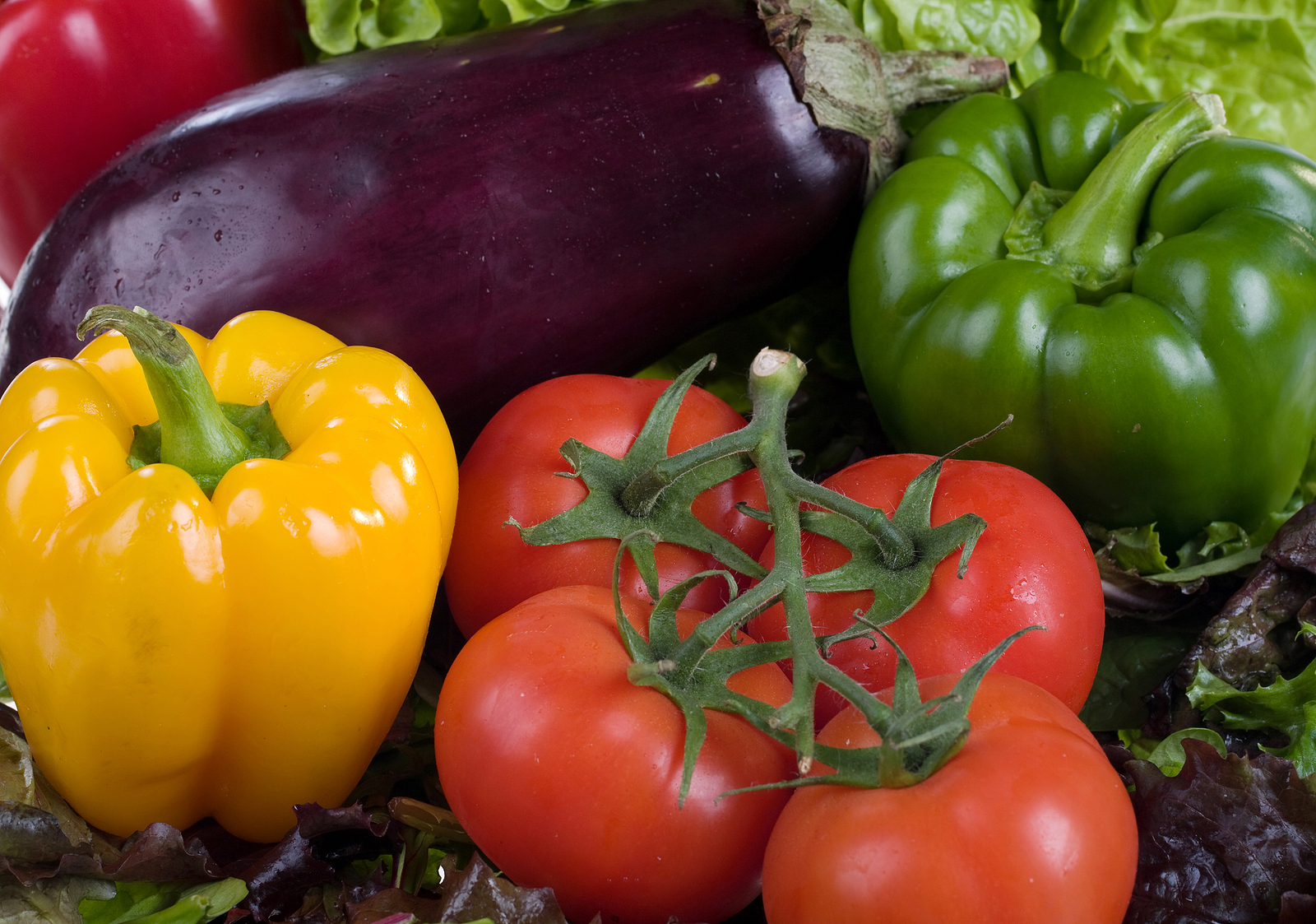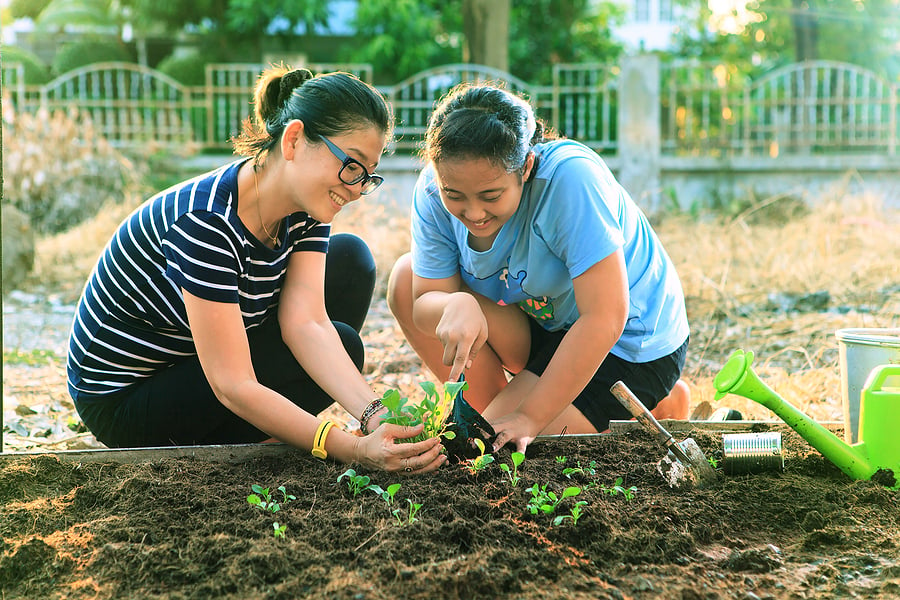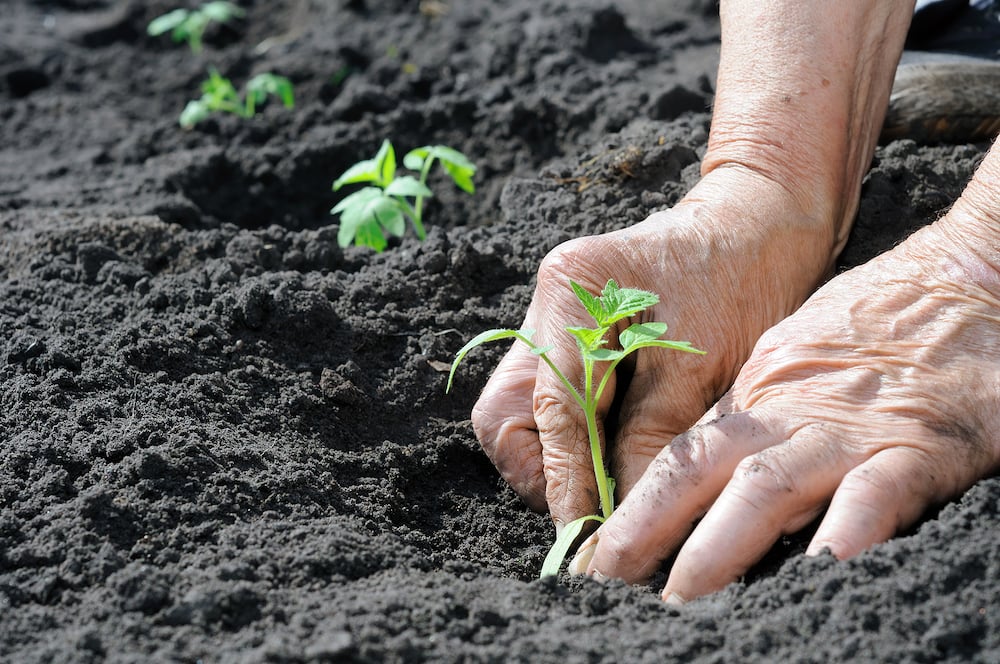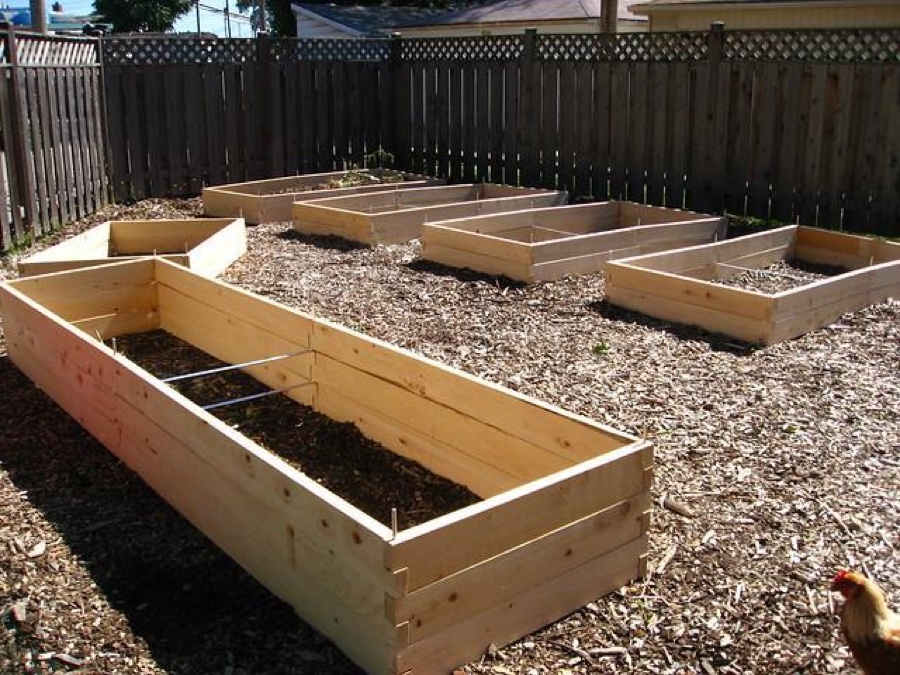In the winter, walking out to fetch the mail may be one of the only ways you're scratching the itch to spend some time outdoors. These short forays to the front stoop or the end of the driveway don't allow us to get a whole lot of fresh air, but what's inside the mailbox might be bringing you a little of the sunshine you crave.
In the gray winter months, few things brighten a gardener's path quite like the surge of catalogs that find their way to our doors. From seeds and sprouts, to trees and tubers, the handful (or dozens!) of enticingly colorful magazines that are delivered to our homes really kickstart the desire to get a jump on the growing season.
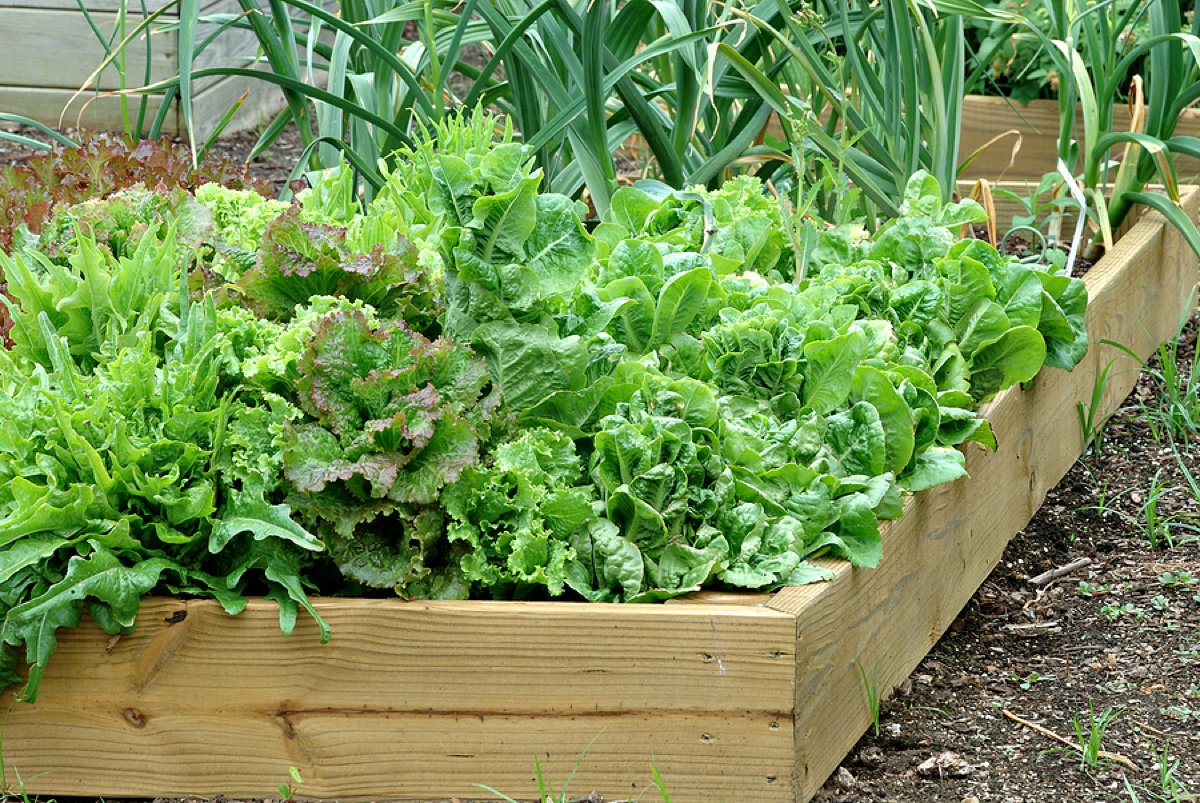
But is it too early? It still gets dark by dinnertime, and nobody would be shocked by waking up to find a few more inches of snow on the ground. It may not feel like it right now, but it won't be winter forever. Spring will be here before we know it. When the gardening catalogs begin to pile up, it's the perfect time to start planning and preparing for a new garden.
Choose Your Garden Type
What’s the perfect garden? For each person you ask that question, you’re likely to get equally as many different responses. Choosing the right type of garden to grow will depend on your physical space, as well as your goals. Here are some common types of gardens you might choose (or even a combination of these):
- Kitchen garden for easy access to the freshest fruits and vegetables for healthy, delicious meals
- Cottage garden with rambling flower beds for a visually appealing experience
- Perennial garden with plants you can enjoy year after year
- Shade garden with plants that thrive with little sunlight
- Pollinator garden designed with plants that attract pollinator species like bees
Create a Garden Plan
If you spread all the catalogs out on the kitchen table and take a seat in front of them, you may feel a little overwhelmed. Like a kid in a candy store, so many choices of seeds in different varieties can be both stimulating and stunting. You want to dive right in with your many garden ideas, but where in the world should you begin?
Before you crack one of those crisp new catalogs, take a few minutes to imagine what you want your garden to be like during the coming year. Whether you're a budding gardener or an old pro, there are a few questions that you should ask yourself:
- Do I want to grow food for myself and my family?
- What can we grow that we will eat and enjoy?
- Is my goal to start seeds to beautify my landscape?
- What type, color, or size of plant am I looking for?
- How can I maximize my garden's growing potential?
- Do I know what plants grow well with one another?
- Do I want to grow a vegetable garden, flower garden, or both?
- Where will I grow my plants: in raised beds, in the ground, in containers, or a combination of these options?
Once you answer these questions, it's time to start making a list of what you'll be planting. It's okay to be a little over-ambitious at this stage; you can always pare your list back later. Study the list you've made and think about space and timing. Do you have enough room in your garden to fit everything you want to grow? (You may be surprised at the variety of plants you can include in your garden, even if you have a small space).
Keep in mind that some plants require more area than others to thrive, and that your planting will most likely be spread throughout the spring and summer, and not be done all at once.
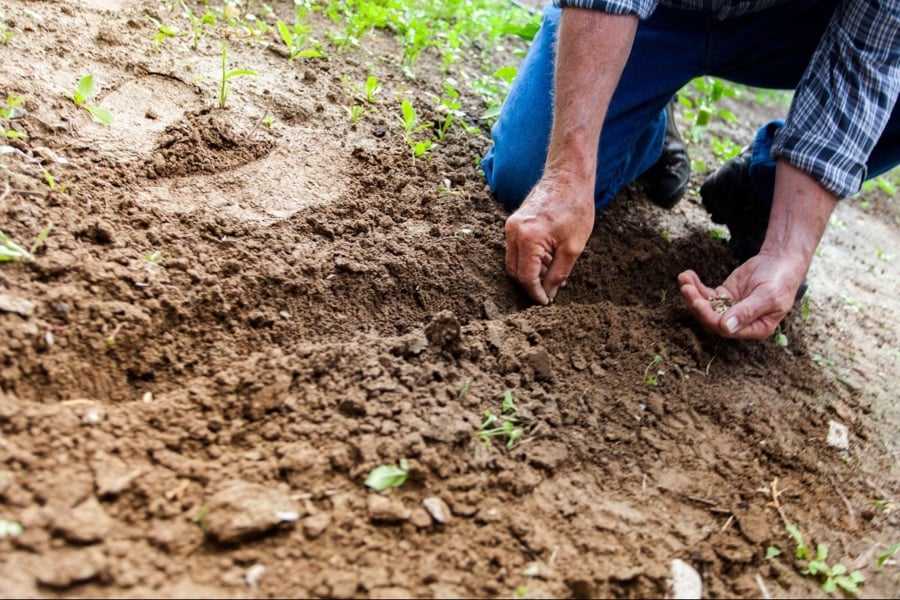
Inventory Your Seeds
If you already have gardening experience under your belt, your first step to creating your garden design should check to see what seeds you already have available to you from past growing seasons. If you have some seeds leftover in seed packets, or if you harvested seeds from last year's garden, be sure to look through those first.
It can be easy to forget about seeds you've saved once they've been stored in a cool, dark place, but finding them and giving them a thorough once-over will prevent you from buying what you already have. Once you've compared what you have tucked away to the list of things you want to grow, then go ahead with ordering anything you may need to fill in the gaps.
Design Your Garden Layout
Before you start planting, it’s a must that you assess your physical gardening space to determine what plants are best suited to your specific area and how it can be incorporated into your overall landscape design. Some questions you’ll want to consider include:
- How large or small will your garden beds be?
- Does your garden have access to full sun, or is it partially shady?
- Can you incorporate companion planting of flowers and vegetables to encourage optimal growth?
- Are there additional features you want to include in your garden to create interesting focal points, such as a trellis or a water feature?
You can use a garden planner app or even a simple pen and paper to capture these plans so you can easily refer to them once planting is underway.
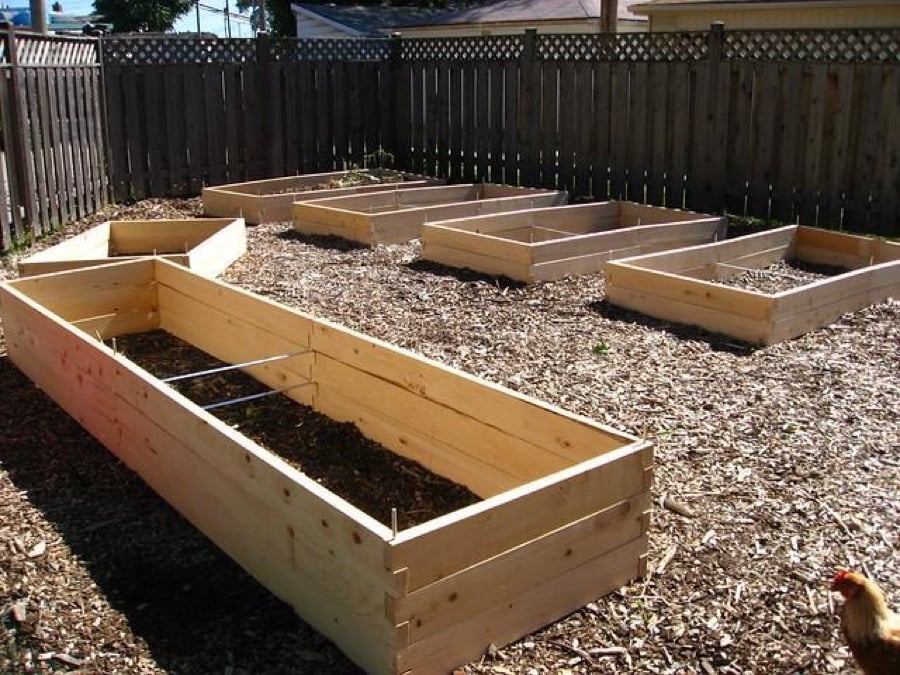
Plan for Garden Maintenance
Whatever type of garden and plants you decide on, it’s crucial that you have a plan for its upkeep and maintenance once it’s up and growing. You should consider questions such as: How much time do you have to devote to essential maintenance tasks like weeding? Do you need mulch to help your garden thrive, and if so, what type? How often should your garden be watered?
Begin Seed Starting
After planning and shopping are completed, you've arrived at seed starting. If you have a sunny south-facing window, you can get seeds started indoors where you can keep a watchful eye on them during their first weeks.
Sow your seeds in some starting medium from the lawn and garden center, either in small peat pots, egg cartons, or paper cups. Make sure you keep them moist but not sopping, and watch the green sprouts arrive one by one. A small green squiggle in a sunny window truly feels magical after a long, cold winter. These sprouts, once they grow into something a bit stronger, can be hardened off and planted outside when the weather becomes kinder toward young plants.
If windowsill gardening isn't your thing, or if you want to add another element to this early stage of your garden, you can plant some of your early crop seeds directly in the ground. Cruciferous vegetables like cabbage, broccoli, and Brussels sprouts tolerate the cold pretty well, though if you foresee temperatures dipping too low, you may consider using a cold frame when planting outdoors, at least before mid-March.
Some lovely flowering plants that are great additions to landscapes that can be planted in the cold are chicory and poppies. A once-popular method for planting poppy seeds was to scatter them on top of February snowfall, allowing the melting process to press the seeds into the ground and water them in simultaneously.
These steps, starting with flipping through catalogs, all the way up to planting sprouts you grew yourself, will help you make the most of the entire growing season. By the time the weather warms and we have more minutes in the sunshine, you'll already have plenty of plants ready to go. Let this early work help you get a great start on reaping the rewards of this year's garden.
For more information about important factors to consider when designing and building a garden, download our free ebook, 10 Common Gardening Mistakes That Hurt the Environment.
